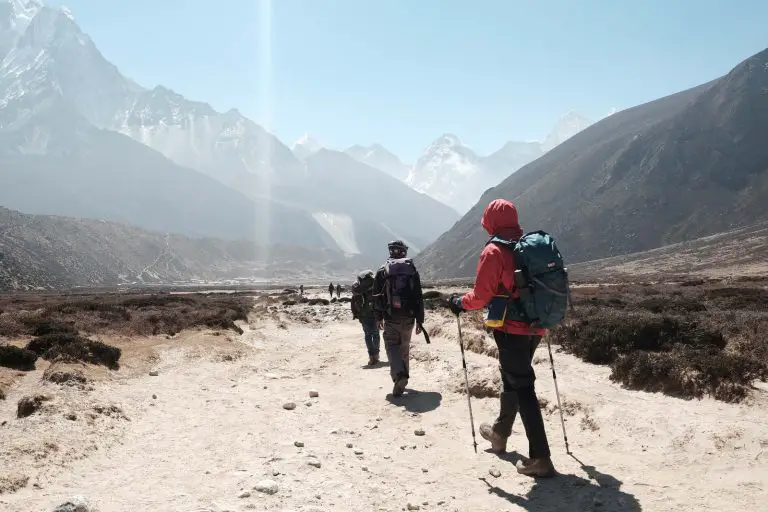Thru hiking is an outdoor activity that requires planning and preparation, one of the most important aspects of which is hydration. Thru hikers are individuals who undertake long-distance hikes, typically over several weeks or months. With such a long time in the outdoors, having a reliable source of hydration is essential for their health and safety. One popular method for carrying and accessing water on a thru hike is the use of hydration bladders.
What are hydration bladders? Hydration bladders are water reservoirs that are typically made of a flexible material, such as plastic or rubber. They are designed to be filled with water and stored in a backpack, allowing the user to access and drink water on the go. Hydration bladders come in a variety of sizes, ranging from small pouches that can hold only a few liters of water to large bladders that can hold several liters.
Why do thru hikers use hydration bladders? Thru hikers use hydration bladders because they offer a convenient and efficient way to carry and access water while on the trail. Thru hikes often take place in remote areas where water sources may be scarce, and having a large supply of water readily available can be a lifesaver. In addition, hydration bladders are lightweight and compact, making them easy to carry and store in a backpack.
Another reason that thru hikers use hydration bladders is for their hands-free design. With a hydration bladder stored in their backpack, thru hikers can access water without having to stop and remove their pack, freeing up their hands for other tasks. This is particularly useful for thru hikers who are traversing difficult terrain or who need to use their hands for balance.
Are there any disadvantages to using hydration bladders? While hydration bladders are a convenient and efficient way to carry water on a thru hike, there are some disadvantages to consider. For example, some thru hikers find that hydration bladders can be prone to leaks or punctures, which can result in a loss of water and can be difficult to repair on the trail.
Another disadvantage of hydration bladders is that they can be difficult to clean and dry, particularly if they are not properly maintained. Bacteria can grow inside the bladder if it is not cleaned and dried after use, which can result in unpleasant odors and tastes in the water. This can be particularly unpleasant for thru hikers who rely on their hydration bladders for several weeks or months at a time.
Hydration bladders are a popular choice among thru hikers due to their convenience, efficiency, and hands-free design. However, it’s important to be aware of the potential disadvantages, such as the risk of leaks and the difficulty of cleaning and drying the bladders, to ensure that they are used in a way that is safe and effective.


